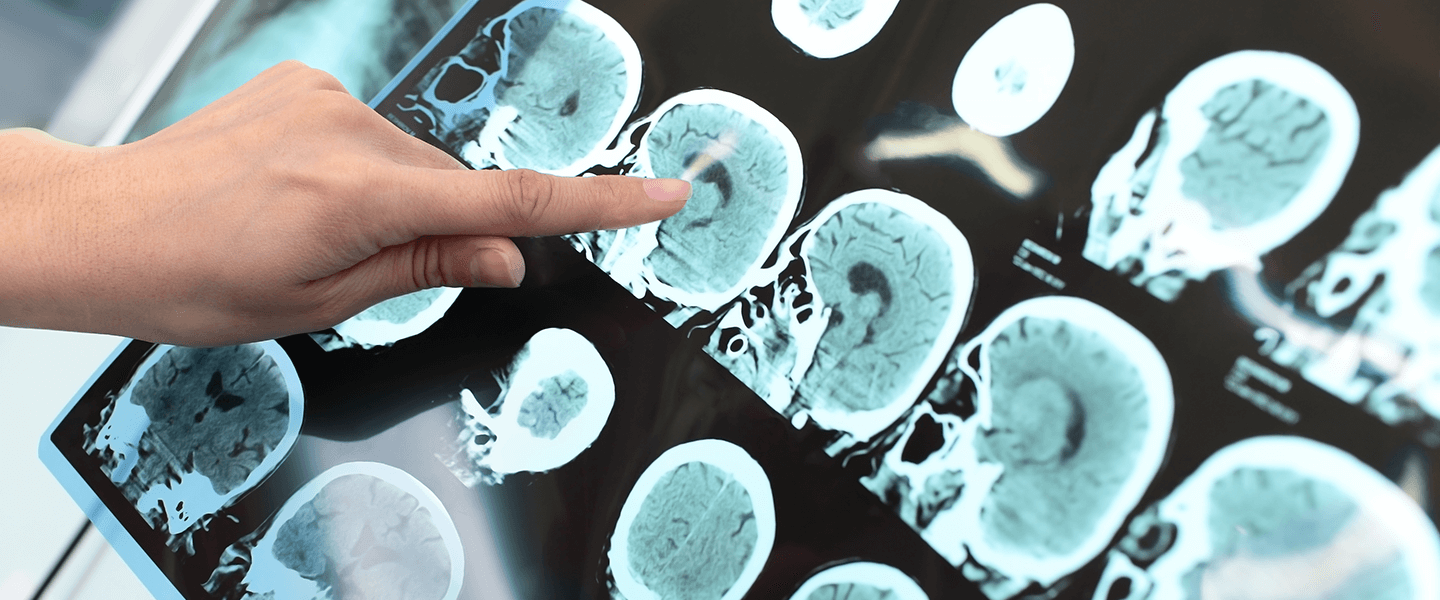Testing a New Way to Precisely Target and Predict the Impact of TMS Brain Stimulation for Depression
Testing a New Way to Precisely Target and Predict the Impact of TMS Brain Stimulation for Depression

As non-invasive brain stimulation—variations of TMS (transcranial magnetic stimulation)—continues to evolve and is administered to a growing number of patients with depression (and other illnesses, including OCD), researchers seek to understand how and why it is able to help reduce symptoms in patients who respond positively.
A newly published study appearing in Nature Mental Health, led by 2016 BBRF Young Investigator Desmond J. Oathes Ph.D., of the University of Pennsylvania, adds to what is known about how TMS works, and suggests it may be possible to target specific symptoms of psychiatric illnesses using individual brain targets to maximize outcomes that might be predicted before treatment begins. Yvette I. Sheline, M.D., a 2005 and 2002 BBRF Independent Investigator and 1998 Young Investigator, was a co-author of the paper.
Approximately one-third to one-half of patients with depression, including those who have not responded to other depression therapies, are found to respond to standard rTMS, the form of the therapy in which magnetic pulses are applied repetitively to an area just above the scalp. BBRF Scientific Council member Mark S. George, M.D., used BBRF Young Investigator grants in the 1990s to explore and develop TMS technology, a process that contributed in 2008 to FDA approval of TMS for major depression. In recent years, variations on rTMS, notably iTBS (intermittent theta-burst stimulation) and SAINT, which deliver more stimulation (in the case of SAINT, over a period of just 5 days), rather than lesser levels of stimulation over 4-6 weeks in standard rTMS, have been used in the clinic and have led to patient remission rates of up to 80% in treatment-resistant individuals.
In developing the SAINT protocol, two-time BBRF Young Investigator Nolan R. Williams, M.D., and colleagues, had the idea of improving the targeting of the spot above the scalp where magnetic pulses are focused. Imaging scans were used to arrive at an optimal location for each patient. Implicit in this calculation was the observation that the area directly beneath the scalp, in the brain’s dorsolateral prefrontal cortex (DLPFC), was part of a neural network that connected with a structure deeper in the brain called the subgenual anterior cingulate cortex (sgACC). The latter could not be reached directly by rTMS magnetic pulses, but it could be modulated because it was connected to the DLPFC through functional connections in the brain. SAINT focuses the treatment on the precise spot in the DLPFC most likely to affect neural activity in the sgACC.
This and other research showed that the sgACC is “hyperconnected” to other brain regions in people who have depression. Stimulation of the DLPFC appeared to have the effect of reducing that hyperconnectivity.
The new research by Dr. Oathes and colleagues carefully probes the relationship between non-invasive brain stimulation, activity in the sgACC, and, in turn, its relation to the degree to which a given patient’s depression symptoms are reduced.
Thirty-six unmedicated patients with clinical depression were analyzed in the study. Each was assessed and given brain imaging scans prior to receiving a full course of iTBS therapy (a form of rTMS therapy) over 3 days. They were assessed again after the intervention was administered. The assessments involved interpretation of brain imaging data as well as data about symptom severity.
The rTMS therapy in each patient was individually targeted, based on pre-therapy resting fMRI and structural MRI data. These data were used to target an unusual combined TMS and fMRI session consisting of a short burst of pulses given while the brain was being scanned in real time by fMRI. The purpose of this brief, preliminary administration of TMS was to assess what researchers call the “evoked response” in the sgACC, the deep-brain region whose activity full treatment is designed to modulate.
Based on this preliminary scanning and testing, Dr. Oathes’ team discovered that the degree to which the preliminary, brief TMS exposure generated a “negative BOLD signal” in the sgACC, the greater was the patient’s response to a full course of rTMS. A negative BOLD signal means that neural activity in the region being examined is reduced. In this case it means: the more a preliminary TMS pulse showed that activity in the sgACC was reduced, the greater the response would prove to be when the 3-day rTMS intervention was subsequently given.
After the participants received therapy, the same assessment tools were used to again test the “evoked response” of the sgACC to a brief TMS pulse. Those participants whose “evoked response” was most reduced, compared with their response prior to therapy, were those whose depression symptoms had responded the most to the therapy.
When non-invasive brain stimulation is applied, not only is the targeted area affected, but also, inevitably, other, “off-target” areas. This is a function of how interconnected brain circuits tend to be. One interesting finding in the new study was that the impact of rTMS on the sgACC, specifically, appeared to be responsible for reductions in depression symptoms. Even though the same treatment course also resulted in decreases in anxiety symptoms experienced by most patients, the team found that these did not appear to be related to the impact of the therapy on the sgACC, but rather on “off-target” areas.
The study’s results suggest the possibility that the more precisely the relationship is known between the targets of brain stimulation and their specific impacts on symptoms, the more possible it may become to target specific symptoms of psychiatric disorders. Another implication, if the current results are replicated in larger clinical trials, is that it may be feasible to predict the likely impact of stimulation of specific targets in the brain without having to put the patient through a trial-and-error process of targeting one area and then waiting to see the impact after a full course of therapy.



